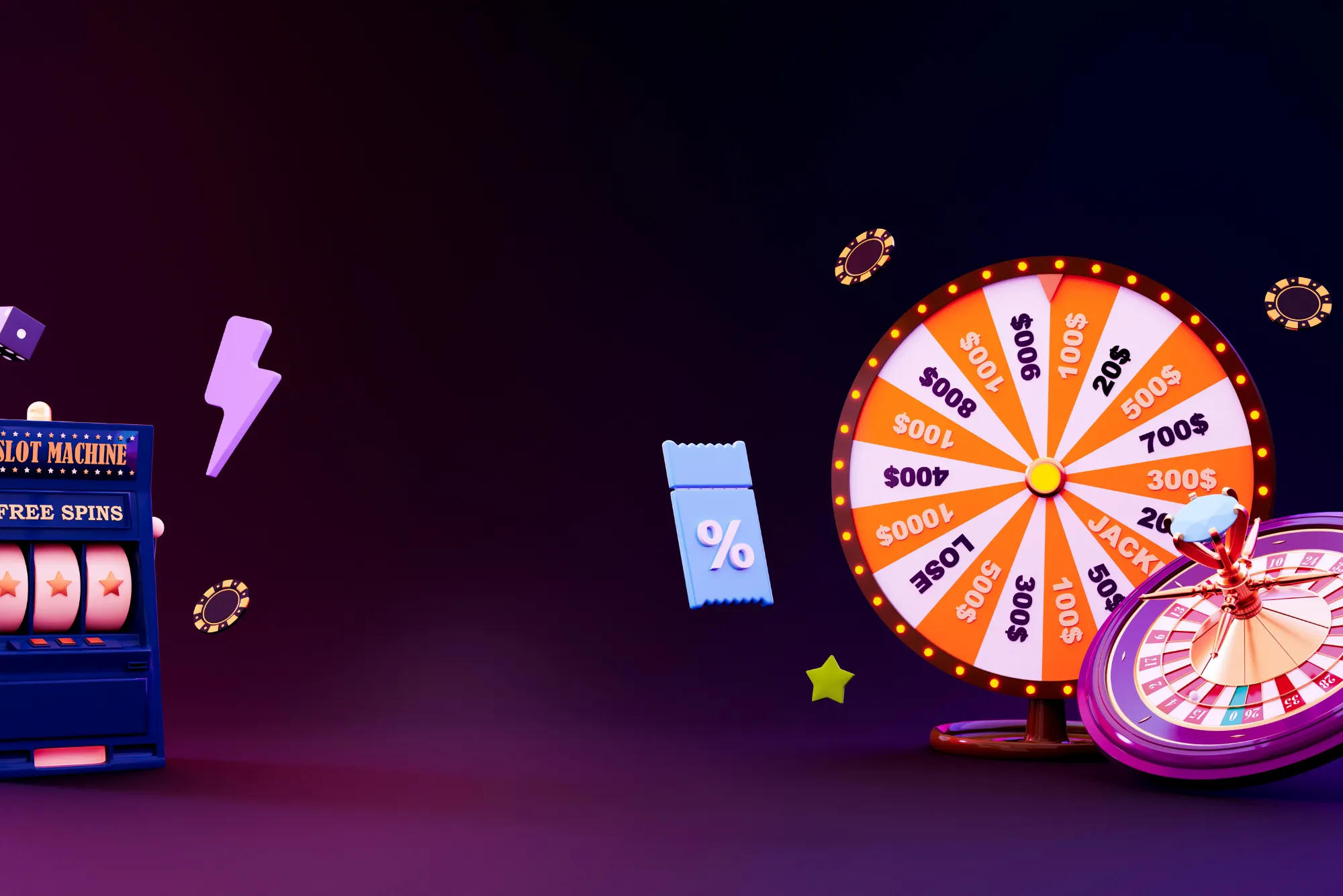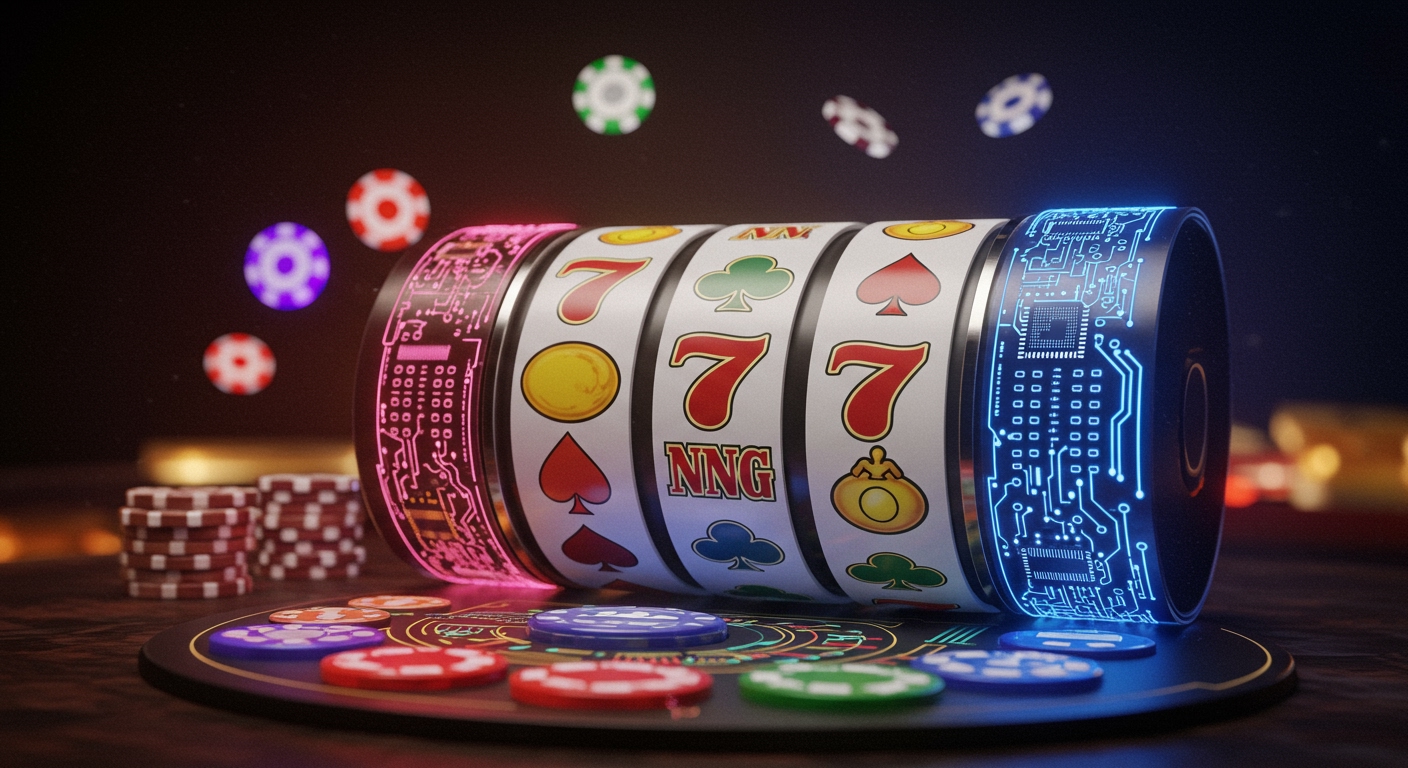Mobile gaming has transformed how players engage with digital entertainment, particularly at non gamstop casinos, where freedom from restrictive regulations allows for innovative gaming experiences. One subtle yet powerful feature in mobile devices is haptic feedback—vibrations that respond to in-game actions. But can these vibrations truly enhance the perceived excitement of playing at non gamstop casinos? This article explores the science, psychology, and practical implications of mobile vibrations in gaming, offering insights for players seeking a more immersive experience.
The Science of Haptic Feedback
Haptic feedback refers to tactile sensations produced by devices, such as the vibrations felt when tapping a smartphone screen or receiving a notification. In mobile gaming, vibrations are triggered by specific events, like winning a spin or hitting a jackpot at non gamstop casinos. These sensations engage the sense of touch, complementing visual and auditory stimuli to create a multisensory experience.
Research in neuroscience suggests that touch influences emotional responses. A 2018 study in Frontiers in Psychology found that tactile stimulation activates the brain’s reward centers, heightening feelings of excitement and engagement. When applied to gaming, vibrations can amplify the thrill of high-stakes moments, making victories feel more tangible and losses more impactful.
How Vibrations Shape Gaming Excitement
1. Enhancing Immersion
Vibrations synchronize with game events, pulling players deeper into the action. For example, in slot games at non gamstop casinos, a strong vibration during a big win mimics the physical jolt of a traditional slot machine’s lever. This sensory alignment tricks the brain into perceiving the digital experience as more “real,” boosting excitement.
2. Triggering Emotional Responses
The intensity and pattern of vibrations can evoke specific emotions. Short, sharp vibrations signal urgency, such as a near-miss in a poker game, while prolonged, rhythmic pulses during a bonus round create anticipation. By manipulating these patterns, game developers heighten emotional peaks, making gameplay more compelling.
3. Reinforcing Reward Systems
Vibrations act as a form of positive reinforcement. When paired with rewards like free spins or bonuses, they strengthen the association between action and outcome. This Pavlovian effect keeps players engaged, as the brain craves the sensory feedback tied to winning.
The Psychology Behind Vibrations
The psychological impact of vibrations lies in their ability to engage the body’s sensory systems. According to the Somatic Marker Hypothesis, bodily sensations influence decision-making and emotional processing. In gaming, vibrations serve as somatic markers, anchoring moments of triumph or tension. For instance, a vibration during a high-stakes bet can make the outcome feel more significant, even if the monetary value is modest.
Moreover, vibrations tap into the brain’s novelty-seeking tendencies. A 2020 study in Nature Communications revealed that unexpected sensory stimuli, like a sudden vibration, increase dopamine release, enhancing feelings of pleasure. This explains why players may find games with dynamic haptic feedback more exciting than those without.
Practical Implications for Players
For players at non gamstop casinos, understanding the role of vibrations can enhance gaming enjoyment. Here are actionable tips to maximize the impact of haptic feedback:
1. Optimize Device Settings
Ensure your device’s vibration settings are enabled and adjusted for intensity. Some smartphones allow customization, letting you amplify feedback for gaming apps. Test different settings to find what feels most immersive.
2. Choose Games with Advanced Haptics
Not all games utilize vibrations effectively. Look for titles from developers known for rich haptic integration, such as NetEnt or Pragmatic Play. These games often feature tailored feedback that enhances key moments.
3. Balance Sensory Input
Overuse of vibrations can lead to sensory fatigue, dulling their impact. Take breaks to reset your sensory baseline, ensuring vibrations remain effective during extended sessions.
4. Pair with Quality Audio
Vibrations are most effective when combined with high-quality sound effects. Use earphones to amplify audio cues, creating a synergistic effect that heightens excitement.
Potential Downsides of Haptic Feedback
While vibrations enhance excitement, they’re not without drawbacks. Excessive haptic feedback can drain battery life, a concern for players enjoying long sessions. Additionally, some users may find constant vibrations distracting or uncomfortable, particularly those with sensory sensitivities. Most devices allow players to disable haptic feedback, offering flexibility to tailor the experience.
There’s also the risk of over-reliance on sensory tricks. Game developers may use vibrations to mask lackluster gameplay, creating a false sense of excitement. Savvy players should prioritize games with strong mechanics and fair odds, rather than those leaning heavily on sensory gimmicks.
The Future of Haptics in Mobile Gaming
As technology advances, haptic feedback is becoming more sophisticated. Modern devices like the iPhone 16 and high-end Android models feature precision haptics, capable of producing nuanced sensations. Future innovations may include directional vibrations or temperature changes, further blurring the line between digital and physical experiences.
For non gamstop casinos, adopting cutting-edge haptics could set them apart in a competitive market. Imagine a poker game where a subtle vibration mimics the texture of shuffling cards or a roulette app that pulses to match the wheel’s spin. Such advancements could redefine mobile gaming, making it more immersive than ever.
Conclusion
Mobile vibrations play a significant role in shaping perceived game excitement, particularly at non gamstop casinos. By engaging the sense of touch, vibrations enhance immersion, trigger emotional responses, and reinforce rewards, creating a richer gaming experience. Players can maximize this effect by optimizing device settings, choosing haptic-rich games, and balancing sensory input. However, it’s crucial to remain mindful of potential downsides, such as battery drain or sensory overload.
As haptic technology evolves, its influence on gaming will only grow, offering new ways to captivate players. For now, understanding and leveraging vibrations can elevate your enjoyment, making every spin, bet, or win feel more thrilling. Whether you’re a casual player or a seasoned enthusiast, the subtle buzz of your device could be the key to unlocking a more exciting gaming adventure.







